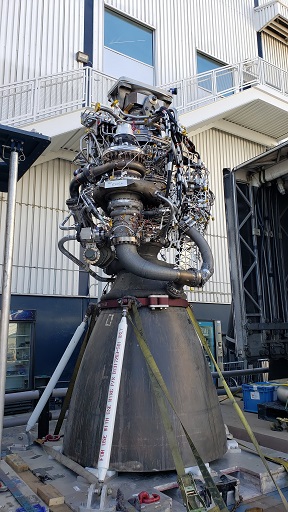There’s more to a rocket than an engine, but a rocket without an engine is not a rocket. SpaceX is passing an important milestone by producing a fully assembled Raptor engine per day. The Raptor is key to building the SharShip rocket that NASA has contracted with SpaceX to build as part of the Artimis program for future Moon and Mars missions.
It takes a lot of engines to power the StarShip – 33 engines in the first stage and then six more in the second stage. Producing an engine per day is a big confidence booster when it comes to the risks associated with using the StarShip as planned. For perspective on what that rate means, compare this to just a few years ago when production of a comparable engine was targeted at four per year.
In 2015, NASA gave Aerojet Rocketdyne a contract worth $1.16 billion to “restart the production line” for the RS-25 engine. Again, that was money just to reestablish manufacturing facilities, not actually build the engines. NASA is paying more than $100 million for each of those. With this startup funding, the goal was for Aerojet Rocketdyne to produce four of these engines per year.
arstechnica.com
Moving ahead with StarShip testing and development
Production capabilities aside, the StarShip is far from proven. There’s yet to be an orbital launch. Although there have been successful static fire tests of the second stage, there’s yet to be a full static fire of all 33 engines in the first stage. When that will happen is guesswork, but any day now. A few weeks ago, it was going to happen in a few weeks.
I can’t wait. Seeing the static fire and orbital launch of StarShip, a rocket big enough to pack cargo to Mars, that will be sweet!
Late breaking news 11/3/2022…. SpaceX is pushing for an orbital test before the end of 2022 and NASA plans are in keeping with that!
